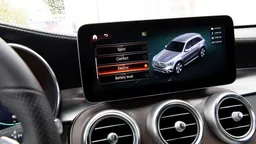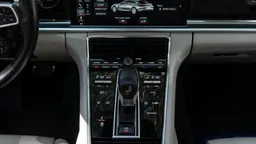[mailchimp_signup][/mailchimp_signup]Speaking earlier this month about the EEA’s overview of emissions from transport, industry and energy, its deputy chief executive Gordon McInnes said the EU would have met its 8% Kyoto target years ago if transport had not increased its emissions. McInnes told the European Parliament’s temporary committee on climate change that emissions from road transport grew by 26% between 1990 and 2005, while all other economic sectors cut emissions.
Using figures published in the agency’s latest TERM report (Transport Environment Reporting Mechanism) published that same day, McInnes highlighted what transport would have to do to make its fair contribution towards the EU’s target of a 20% reduction in greenhouse gases by 2020.
118 g/km for cars
The EEA’s most powerful conclusion came in its assessment of what the EU should expect of the car industry. With the 27 environment ministers meeting also that day to discuss the Commission’s proposal to limit new car emissions to 130 g/km by 2012, McInnes said a reduction of new passenger car emissions to 118 grams per kilometre by 2012 would close the gap between projected emissions and the EU’s 20% target.
It also says 80-95 g/km would put the EU on course to comply with the ‘roadmap’ agreed at December’s UN climate conference in Bali.
The comment was welcomed by T&E’s director Jos Dings, who also addressed the climate change committee. ‘The EEA’s findings make the point that we need a long-term commitment on new car emissions,’ he said. ‘Everything about European climate policy is aimed at 2020, except the part on cars.
‘The excuse is that we don’t know what is feasible. Well we don’t know in detail what kind of technologies will be introduced in other sectors, but that doesn’t stop us from setting targets, so we should have one for cars too: 80 g/km by 2020 and 60 g/km by 2025.’
Environment ministers gave general support for longer-term targets, and some spoke in favour of any differentiation in emissions targets to be done based on ‘footprint’ rather than weight. T&E says the weight-based system proposed by the Commission will punish car makers for cutting weight, which is the best way to make cars more fuel-efficient.
McInnes also told MEPs that governments and citizens must drastically reduce demand for transport. ‘If we do nothing about growing emissions – in particular from road, aviation and shipping – the transport sector alone will produce more emissions in 2050 than the total allowance for Europe from all sources,’ he said.
• A former chairman of the oil giant Shell says cars that use more than 8.2 litres per 100km should be banned. Mark Moody-Stuart said in an interview that charging drivers of the most thirsty and polluting cars the cost of their damage allowed rich people to avoid taking responsibility for tackling climate change.


